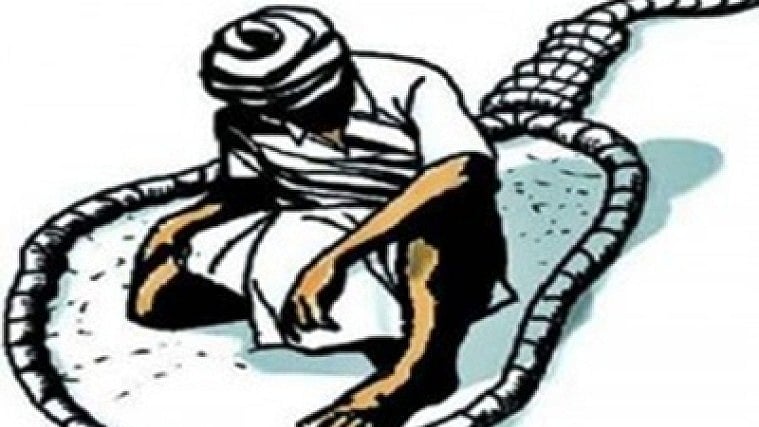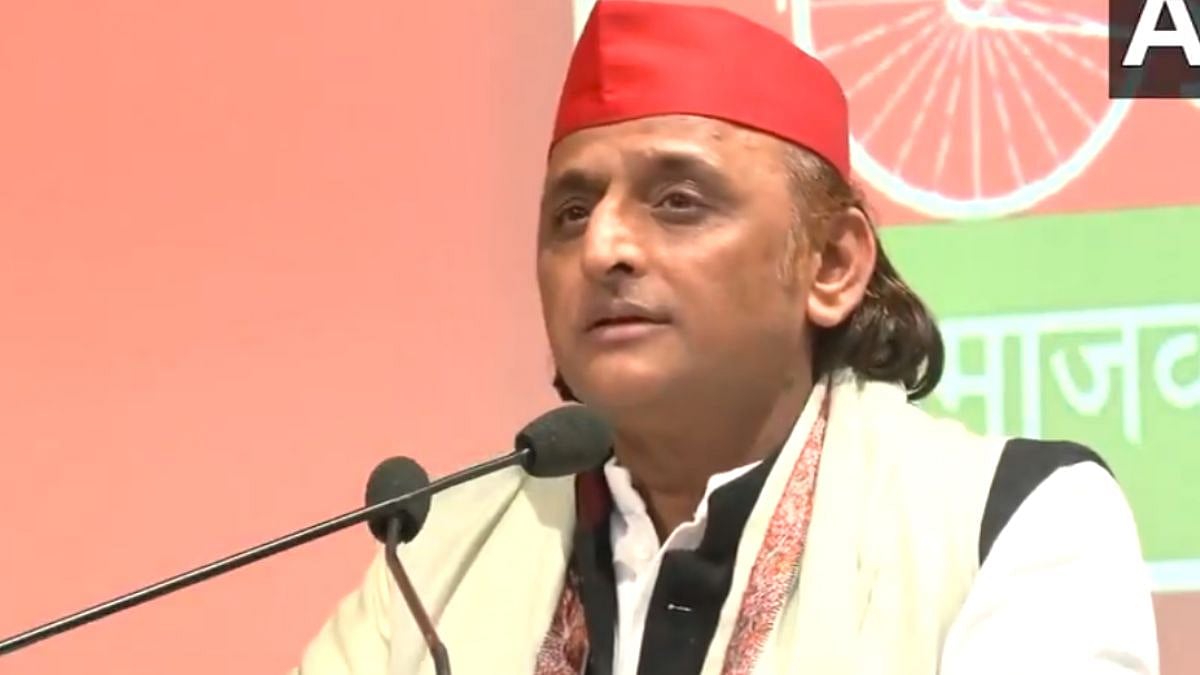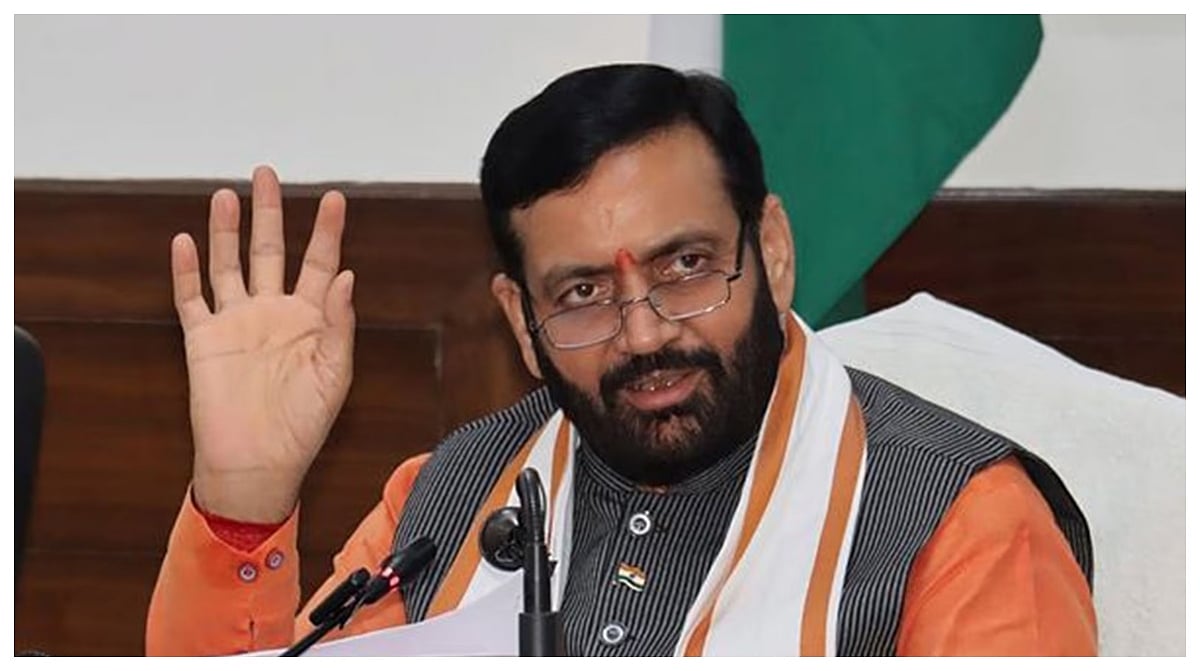On Tuesday, while announcing the 21-day lockdown, Prime Minister Narendra Modi announced a Rs 15,000 crore budget for the healthcare sector – something that has been long overdue.
While the move is welcome, one question comes to mind: was a coronavirus pandemic the alarm that the Government of India required to shift its attention on the healthcare sector? It’s not just the BJP-led NDA government that can only be blamed for this, even the UPA government and governments of the past have not focused enough on healthcare in their annual budgets.
To put things in perspective, consider the following statistics that were shared by the National Health Profile of 2018, India spends 1.02 per cent of its GDP on public health. In comparison, Nepal spends 1.1 per cent, Bhutan spends 2.5 per cent, while Italy – one of the nations severely affected by the coronavirus – spends 6.7 per cent of its GDP.
To translate this into numbers, a report by Down to Earth Magazine says that India’s per capita (for each individual) public expenditure on healthcare increased from Rs 621 in 2009-10 to Rs 1,112 in 2015-16. And while budget numbers may sound big, the reality is that India’s public health infrastructure has always been fragile.

When Prime Minister Narendra Modi announced the PMJAY, popularly known as Modicare in 2018, there was a lot of excitement that it would manage to tackle the healthcare industry in India. However, truth is simple: Data from the Union Ministry of Health and Family Welfare shows that India has a shortage of doctors across public and private hospitals. Sub-district hospitals and community healthcare centres at the taluka level lacks a basic infrastructure and human resources.

Further data from the ministry revealed that in India, there is one government allopathic doctor for 10,000-plus people, and one hospital bed for every 2050 people. Furthermore, there is one state-run hospital for nearly 1 lakh people. In 2017, data from the National Health Profile showed 10 per cent of the doctors worked in the public healthcare sector.
The fundamental question with all these numbers is that how will India’s healthcare sector manage this Rs 15,000 crore? A 21-day lockdown is only one part of it. Firstly, the money will have to be divided between all the states. Government data from 2018 shows that the number of primary healthcare centres, community healthcare centres, sub-district/divisional hospitals, district hospitals across the country touched 37,725. Even if the Rs 15,000 core was divided equally amongst these hospitals, each of them would get approximately Rs 38 lakh, which is the price of one high-end ventilator.
So, while this amount is a one-off donation to the healthcare sector, it’s time the government – whoever it is – thinks about what its priorities are. World Bank estimates suggest that for developing or middle-income countries, a 10 per cent increase in public health expenditure as a proportion of the GDP would be associated with a 7 per cent decrease in maternal mortality rate, 0.69 per cent decrease in child mortality rate, and a 4.14 per cent decrease in low weight for children under five years of age.
Further a paper published by WHO suggests a strong relationship between health and economic growth. “One third and one half of England’s economic growth in the past 200 years is due to improvements in the population’s food consumption. The existence of an impact of health on economic growth with similar magnitudes has been verified for different time periods and countries, including Latin America and Mexico,” the report said.
While the Government of India is claiming it is doing its part, ‘the part’ doesn’t seem to be enough. Once this pandemic does come to an end, and the country slowly recovers from what has been a total shutdown of life for everyone, the government needs to strategies its priorities. Sadly, in India, 21 days is not enough to fix this problem.











.jpg)